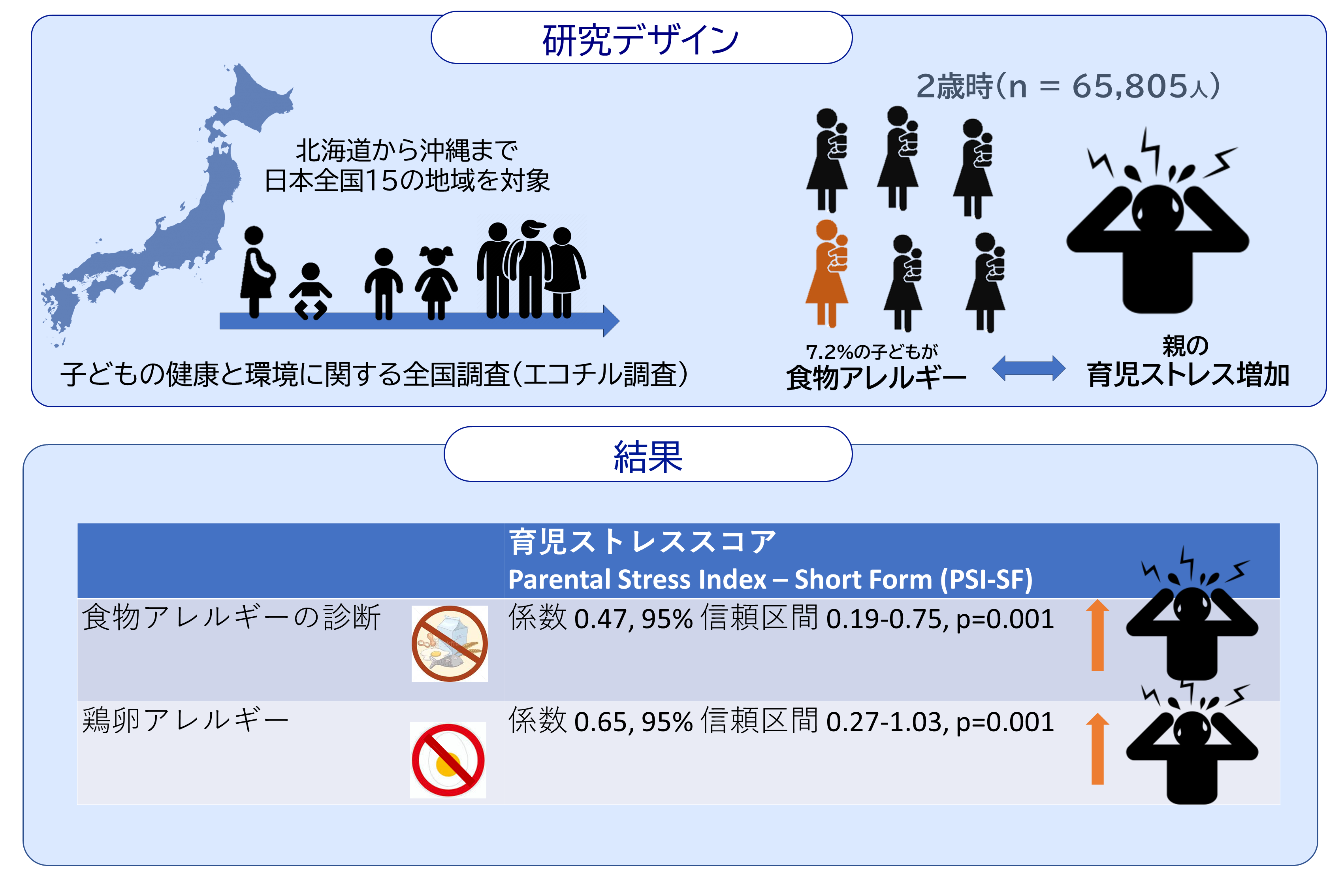2024-03-27 パデュー大学
<関連情報>
- https://www.purdue.edu/newsroom/releases/2024/Q1/purdue-researchers-create-biocompatible-nanoparticles-to-enhance-systemic-delivery-of-cancer-immunotherapy.html
- https://pubs.acs.org/doi/10.1021/acsnano.3c11445
Find-Meナノ粒子によるパクリタキセルの全身投与が抗腫瘍免疫を活性化し腫瘍を消滅させる Systemic Delivery of Paclitaxel by Find-Me Nanoparticles Activates Antitumor Immunity and Eliminates Tumors
Soonbum Kwon, Fanfei Meng, Hassan Tamam, Hytham H. Gadalla, Jianping Wang, Boyang Dong, Amber S. Hopf Jannasch, Timothy L. Ratliff, and Yoon Yeo
ACS Nano Published:January 16, 2024
DOI:https://doi.org/10.1021/acsnano.3c11445
Abstract

Local delivery of immune-activating agents has shown promise in overcoming an immunosuppressive tumor microenvironment (TME) and stimulating antitumor immune responses in tumors. However, systemic therapy is ultimately needed to treat tumors that are not readily locatable or accessible. To enable systemic delivery of immune-activating agents, we employ poly(lactic-co-glycolide) (PLGA) nanoparticles (NPs) with a track record in systemic application. The surface of PLGA NPs is decorated with adenosine triphosphate (ATP), a damage-associated molecular pattern to recruit antigen-presenting cells (APCs). The ATP-conjugated PLGA NPs (NPpD-ATP) are loaded with paclitaxel (PTX), a chemotherapeutic agent inducing immunogenic cell death to generate tumor antigens in situ. We show that the NPpD-ATP retains ATP activity in hostile TME and provides a stable “find-me” signal to recruit APCs. Therefore, the PTX-loaded NPpD-ATP helps populate antitumor immune cells in TME and attenuate the growth of CT26 and B16F10 tumors better than a mixture of PTX-loaded NPpD and ATP. Combined with anti-PD-1 antibody, PTX-loaded NPpD-ATP achieves complete regression of CT26 tumors followed by antitumor immune memory. This study demonstrates the feasibility of systemic immunotherapy using a PLGA NP formulation that delivers ICD-inducing chemotherapy and an immunostimulatory signal.


